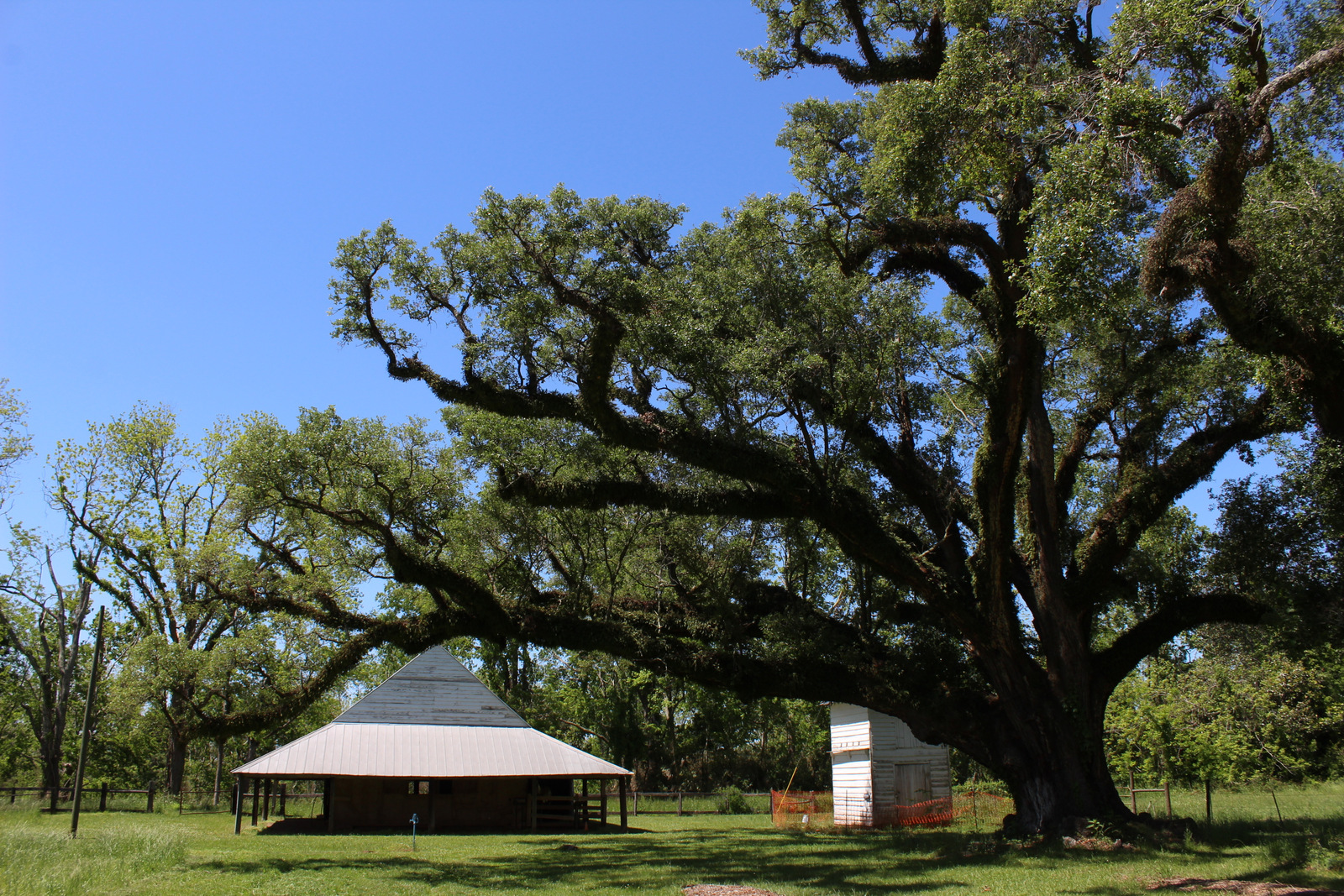Unveiling the Rich Legacy of Cane River Creole National Historical Park: A Potpourri of History, Culture, and Heritage
Deep in the heart of Louisiana exists a hidden gem of Americana that has stood witness to centuries of history, culture, and the indomitable spirit of a community. Cane River Creole National Historical Park embraces and preserves the historic structures and cultural landscapes that offer visitors an immersive experience into the lives and traditions of Cane River’s past inhabitants. As a historian, museum enthusiast, and anthropologist, I invite you to embark on a memorable journey through time, exploring this remarkable treasure trove of heritage.
An Encounter with History:
Once a flourishing center of industry, plantations and trade, Cane River weaves fascinating narratives that paint a vivid picture of the struggles and resilience of its diverse inhabitants. Strolling along the meandering pathways, visitors will encounter beautifully restored historic buildings, restored landscapes, and agricultural fields that chronicle the legacies of both indigenous peoples and European settlers.
Preserved Historic Structures:
Within the park’s boundaries, the Oakland and Magnolia plantations stand tall, exemplifying the plantation-dominated landscape that once reigned over this corner of Louisiana. Built in the early 1800s, these majestic, antebellum structures provide a glimpse into the grandeur and refinement of Southern plantation life.
Oakland, a sugar plantation, showcases Greek Revival architecture, intricate woodworking, and elaborately decorated interiors, reflecting both the opulent lifestyle of its past owners and the labor of African and Afro-Creole enslaved individuals who toiled here. Exhibits within the mansion offer unique perspectives on the labor force, agricultural practices, and the daily lives of those connected to it.
Magnolia, centered primarily around cotton cultivation, contrasts Oakland’s white-columned elegance with its simpler characteristics. With close attention to historical accuracy, restored slave quarters dotting the plantation give voice and homage to the lives and culture of those who were enslaved. Renovation efforts have embraced artifacts and oral histories to paint an authentic portrait of a community and explore life under adverse circumstances.
Preservation of Cultural Landscapes:
Beyond the meticulously preserved structures, immerse yourself in the area’s living history – traversing quaint lanes through cotton fields, pecan groves, and French Creole gardens. Recognized as part of America’s cultural landscape legacy, these spaces allow visitors to witness first-hand the bounties produced by the fertile land, as well as the complex systems of labor that shaped the region’s history. Discover crumbling ruins along paths leading to stories of generations intertwined with the land itself.
The Value of Cane River:
Cane River Creole National Historical Park truly embodies the spirit of the historian, museum enthusiast, and anthropologist within every visitor. Embarking on this journey under their lens will provide not only a deep appreciation for the history, art, and culture inherent in New Orleans and southern plantations, but also inspire reflection on topics like the legacy of racial slavery, triumphs of multicultural experiences, and ongoing preservation efforts.
From examining material artifacts to intangible cultural practices, a trip to this historical park serves as a bridge between the past and the present, awakening a curiosity and empathy that helps to shape a shared future. Cane River is equally an invitation for scholarly explorations and a testament to the universality of the human experience. So, trace the footsteps of our predecessors, marvel at their achievements, bear witness to their struggles, and embrace the patchwork quilt that is Cane River Creole National Historical Park.
